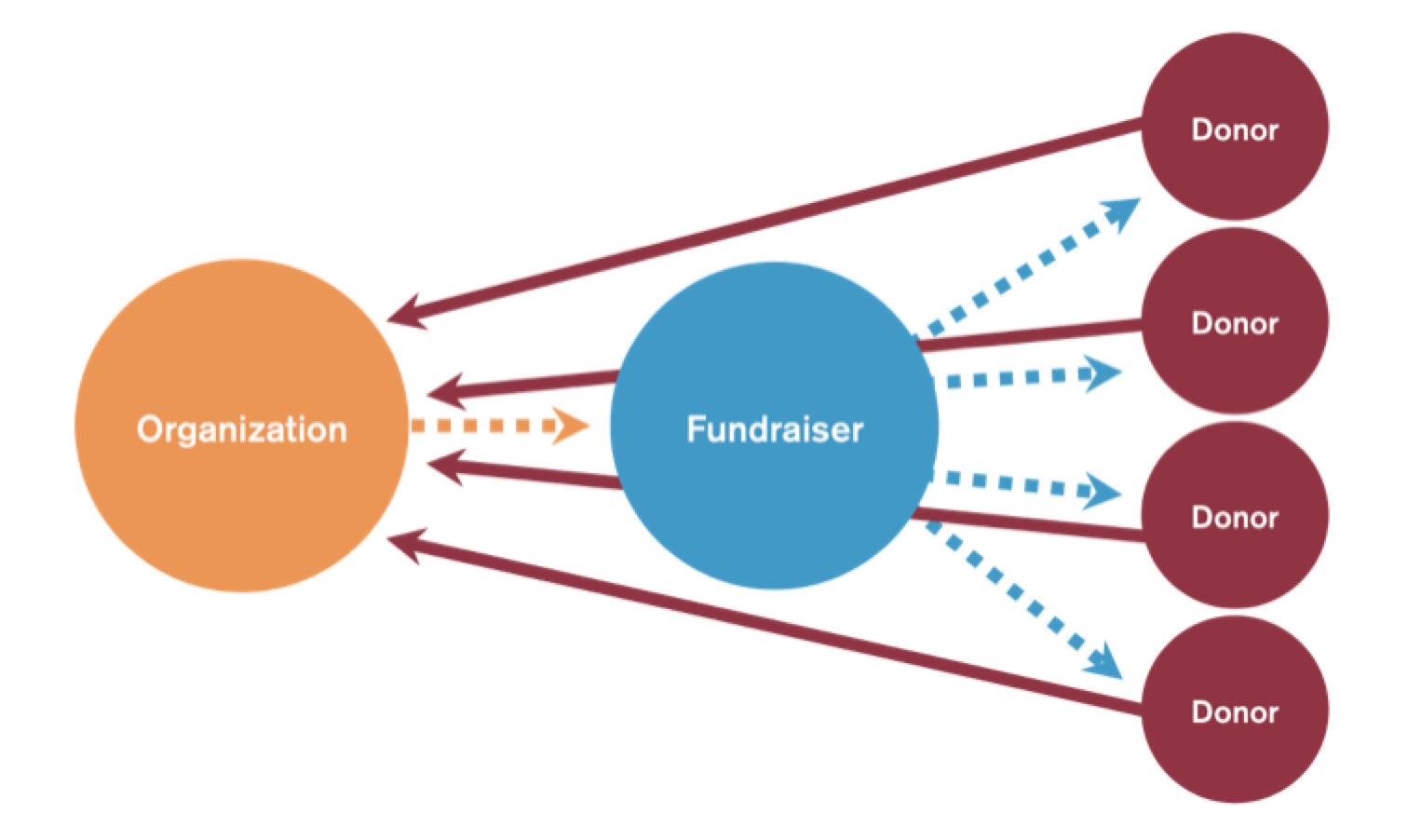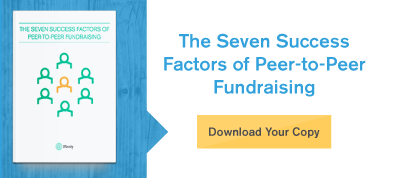Share this
Previous story
← What To Do With An Unexpected Windfall
Over the last month we have been elaborating on our Seven Success Factors framework, a methodology we use to analyze and improve peer-to-peer fundraising programs. In the first four installments, we have looked at the critical roles that focused strategy, targeted audience, compelling asks, and immersive experience play in peer-to-peer success.
An often overlooked but equally important key to creating sustainability and longevity in a peer-to-peer program is a great customer experience. We have to help our constituents feel that they are acknowledged, appreciated, part of a community, and catalysts for change.
A friend recently shared Rachel Naomi Remen’s article called Helping, Fixing or Serving? The message is a thought-provoking one: do you see the world as weak and want to help it, broken and want to fix it, or whole and want to serve it?
Remen summarizes her answer to the question in this paragraph:
“Service is a relationship between equals: our service strengthens us as well as others. Fixing and helping are draining, and over time we may burn out, but service is renewing. When we serve, our work itself will renew us. In helping we may find a sense of satisfaction; in serving we find a sense of gratitude.”
In my mind this perspective applies to both an organization and a constituent. In order for our work and impact to be sustainable, we need to create mutually beneficial relationships of gratitude.
Supporting our constituents.
When we talk about service as a success factor in peer-to-peer fundraising, we’re saying that we need to provide quality support to our audiences. We need to see them as equal partners waiting to be activated. We should ask critical questions to ensure our service is all it can be:
For them to serve us, we must serve them.
Peer-to-peer fundraising is built on constituents engaging their networks. At the end of the day, are we serving our constituents in ways that make it easy for them to serve us?
Most nonprofits exist to address causes which don’t have easy solutions. Some may never be completely fulfilled. To achieve our mission goals, we need long-term support. If donors, volunteers or employees quickly burn out, our work is that much harder. But if our volunteers, donors, and staff are continually interested and excited, the motivation and momentum behind their work will continue to grow. We can’t let the well run dry. Quality service plays a significant role in ensuring that doesn’t happen.
Stewardship is part of service. It is in the act of stewardship that we consciously consider our relationships with our constituents and how those deepen, not just over the life of a campaign or the duration of an event season, but throughout the year, year after year, in a meaningful way. By acknowledging and addressing the needs of those who support us we lay a solid foundation for our future.
What good service looks like in peer-to-peer fundraising.
The organization that provides good service is one that:
The organization that recognizes all of these is one that leaves the helping and fixing to those more short-sighted in its motives. Instead, it is an organization that understands it is manifesting its part in this world more powerfully when it asks, “how may we serve?”
Download the complete Seven Success Factors E-Book today to learn more about evaluating and improving your peer-to-peer program!
These Related Stories



No Comments Yet
Let us know what you think